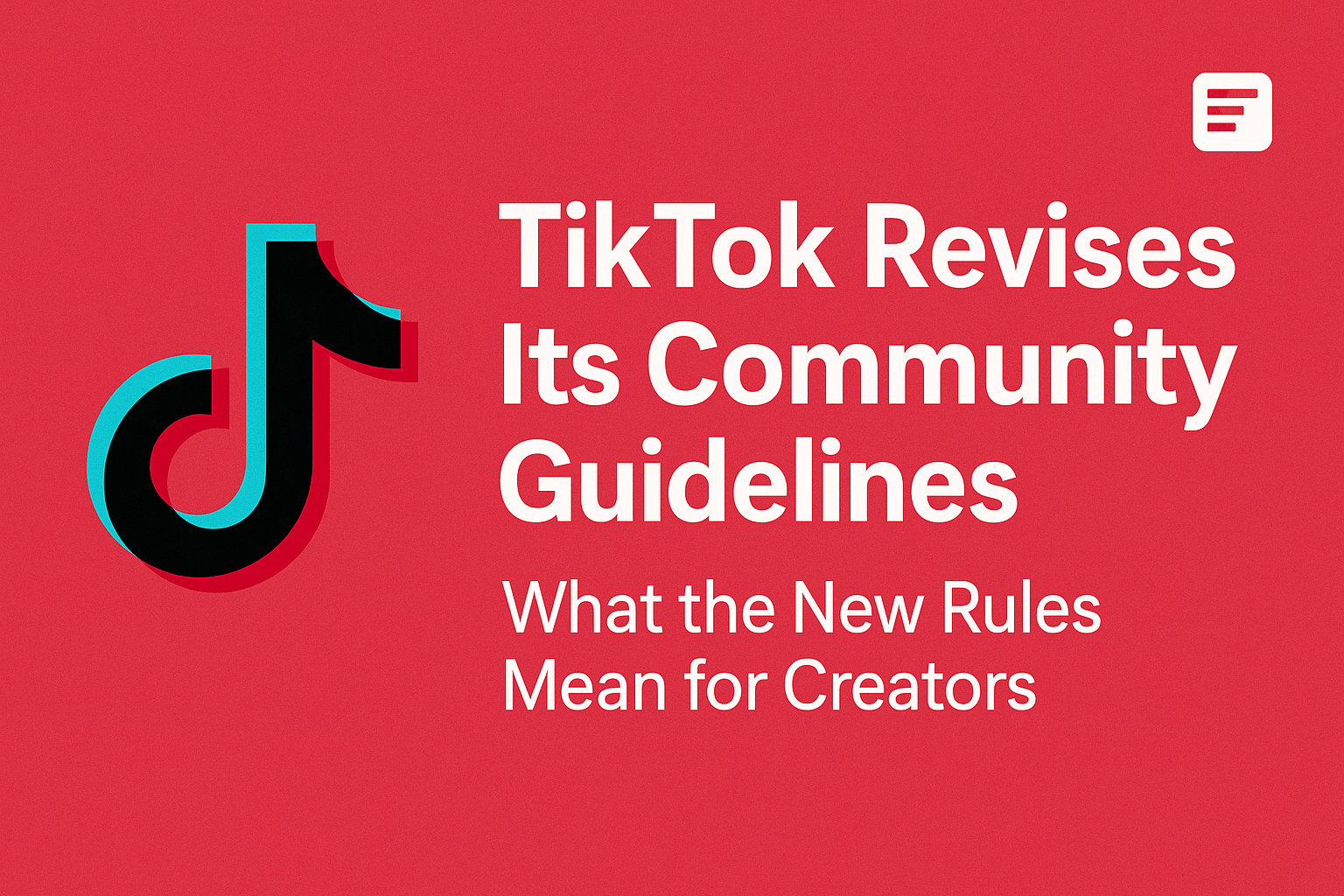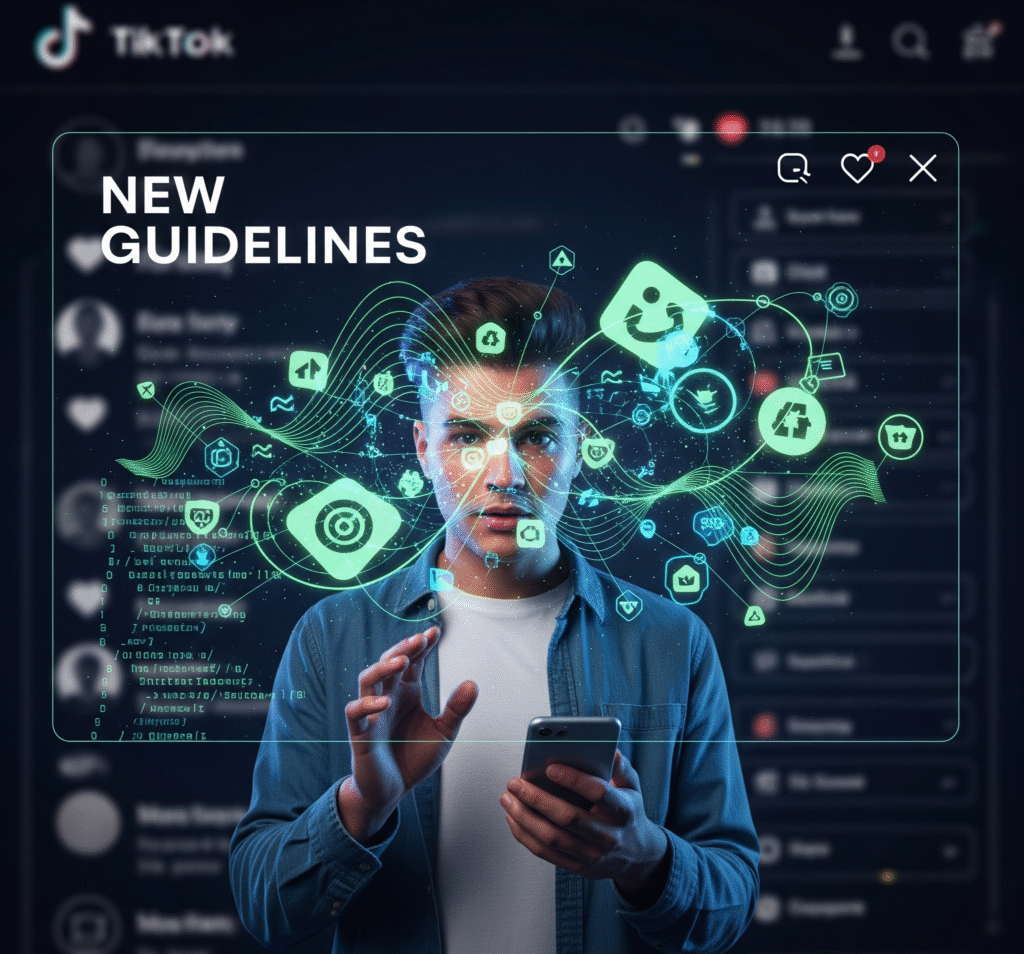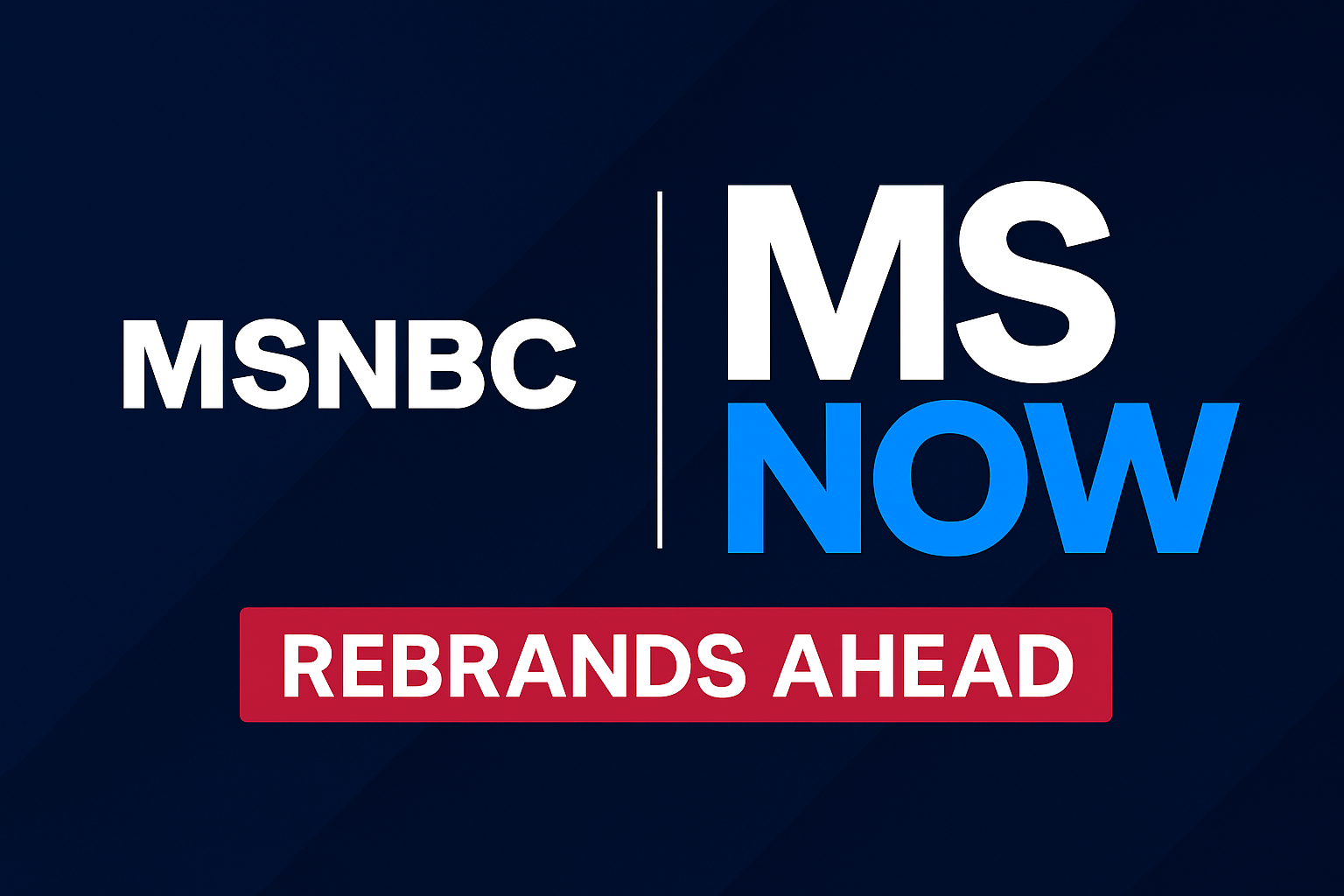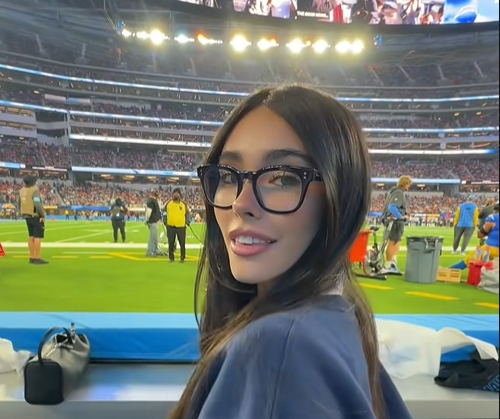TikTok’s New Guidelines Explained: What They Really Mean for Creators

What the Platform’s Subtle Rule Tweaks Mean for Creators
If you’ve opened TikTok lately, you’ve probably noticed things feel the same on the surface—scrolling through videos, laughing at memes, or catching a live stream. But behind the scenes, TikTok has quietly reshaped the rules of how creators are expected to behave, how AI-generated content must be labeled, and how personalized your experience will be moving forward.
Starting September 13, 2025, TikTok will roll out updated Community Guidelines. At first glance, these changes may seem like minor tweaks. But look closer and you’ll realize this is TikTok making a serious statement: the platform is ready to hold creators to higher standards, especially when it comes to live streaming, AI content, and commercial transparency.
Let’s break it down and explore what these changes mean for creators, viewers, and the future of TikTok.
Why TikTok Changed the Rules
The digital world is moving fast—AI is everywhere, regulations are tightening, and audiences are demanding more transparency. TikTok, being one of the world’s largest social platforms, can’t afford to play catch-up.
For years, creators complained that TikTok’s policies felt vague or confusing. What counted as harmful misinformation? Was AI-generated content allowed? Could you get banned if a tool misbehaved on your livestream?
The new guidelines are TikTok’s attempt to answer those questions clearly. Instead of burying rules in legal jargon, TikTok has rewritten its playbook in simpler language, with clear summaries so anyone can understand the do’s and don’ts.
Livestreaming Just Got More Serious
One of the biggest changes affects TikTok LIVE creators. Up until now, livestream hosts had some wiggle room if technical glitches or third-party tools went wrong. That’s no longer the case.
From September onward, creators will be fully responsible for everything on their live stream—even if it comes from automated tools. That includes translation services, auto-captioning, comment overlays, or AI chatbots.
This means if a tool accidentally produces offensive or misleading content, TikTok won’t blame the tool—it will blame you, the creator.
For live streamers, the takeaway is simple: test your tools, monitor your streams, and be prepared to take responsibility.

AI-Generated Content: Transparency is Key
AI has exploded on TikTok in the last year. From hyper-realistic face swaps to AI-written scripts, it’s becoming harder to tell what’s “real.” TikTok isn’t banning AI, but it is demanding honesty.
Creators now need to label AI-generated content clearly. If your video uses an AI filter, AI-generated voice, or digitally altered visuals, you’re expected to disclose it. TikTok even offers an “AI-generated” tag to make this simple.
But labeling isn’t a free pass. Even if something is marked as AI, if it misleads viewers—especially on serious issues like health, politics, or safety—it can still be removed.
The message here is clear: TikTok wants creativity, but it won’t tolerate AI content that tricks or harms people.
Shopping, Ads, and Money Matters
TikTok has also tightened its rules on commercial content. If you’re promoting products, services, or brands, you’ll need to be upfront about it. That includes sponsored posts, affiliate marketing, or directing people to external shopping sites.
TikTok is also making a push for its own TikTok Shop. In regions where TikTok Shop is active, the algorithm will now prioritize in-app sales over external links. In other words, creators who try to send viewers to outside websites may see their content pushed down in visibility.
This shift shows TikTok’s bigger plan: keep users inside the app for everything—entertainment, shopping, and transactions.
Personalized Search and Comments
Another subtle but powerful change is how TikTok handles search and comment feeds.
- Search results will now be even more tailored to your past activity, meaning two people searching the same term could see very different results.
- Comments will also be personalized, with the most relevant or engaging ones pushed to the top, instead of showing them purely by recency.
This will make the app feel even more personal, but it also raises concerns about echo chambers and reduced diversity of perspectives.
Safety and Moderation Behind the Scenes
TikTok has revealed that the majority of policy-breaking content is now removed by automation. In fact, more than 85% of harmful videos never even reach public view because the system flags and removes them automatically.
This automation-heavy approach is why clearer rules matter so much. If an AI moderation system is making decisions about your content, creators need fewer gray areas and more straightforward guidance. That’s exactly what TikTok is aiming for with this update.
What This Means for Creators
If you’re a creator, here’s your action plan under the new rules:
- Double-check your livestream setups – Test third-party tools and monitor your streams closely.
- Label AI content – Always use the “AI-generated” tag or make it clear in captions.
- Avoid misleading AI – Creative is fine, deceptive is not.
- Disclose sponsored content – Be transparent with your audience about paid promotions.
- Adapt to personalized visibility – Remember that both search and comments will look different to every user.
- Learn to appeal – If your content is removed, clear labeling and transparency will help your case.
Why This Update Matters
These updates might look small, but they’re huge for the platform’s future. TikTok is balancing two big challenges:
- Keeping the app safe and trustworthy, especially as AI blurs the line between real and fake.
- Staying compliant with global regulations, which are cracking down on misinformation, online safety, and digital advertising practices.
At its core, this is TikTok signaling maturity. The app that once felt like a wild west of viral dances and memes is now setting clearer boundaries for what it wants to be in the next phase: a trusted, transparent, and sustainable global platform.
Final Thoughts
TikTok’s new guidelines don’t radically change the app, but they shift the culture of responsibility. For creators, the days of being casual with labels, tools, or disclosures are over. For users, the platform is promising more clarity and trustworthiness.
In many ways, TikTok is asking one big thing from everyone: be real, be transparent, and be responsible.
That may sound simple—but in an age where AI can clone faces and misinformation spreads like wildfire, it’s one of the most important steps TikTok has taken yet.






